How to design the perfect bedroom
It's not just about the bed: the colours, materials, layout and lighting all need to be considered if you want your room fit for a perfect night's sleep. Here's how to get it right.
Sleep has turned into science, with books, podcasts and endless features devoted to its pursuit. It even has its own hygiene rules, but perhaps if we paid a little bit more attention to the room we are doing it in, the rest might follow on more naturally.
This extra free post is brought to you by Naturalmat, whose beds, mattresses and bedding are handcrafted in their Devon workshop using only natural, organic and renewable materials. The natural fibres they use are more breathable, more comfortable and longer lasting, all contributing to a far better and healthier night’s sleep.
I love being in bed. I mean really love it. I used to be happy enough with a stolen hour on the sofa reading a book (I speak as one whose sons are now adults, so for those of you still in the trenches of childcare, your time will come) but at some point, the sofa was no longer enough.
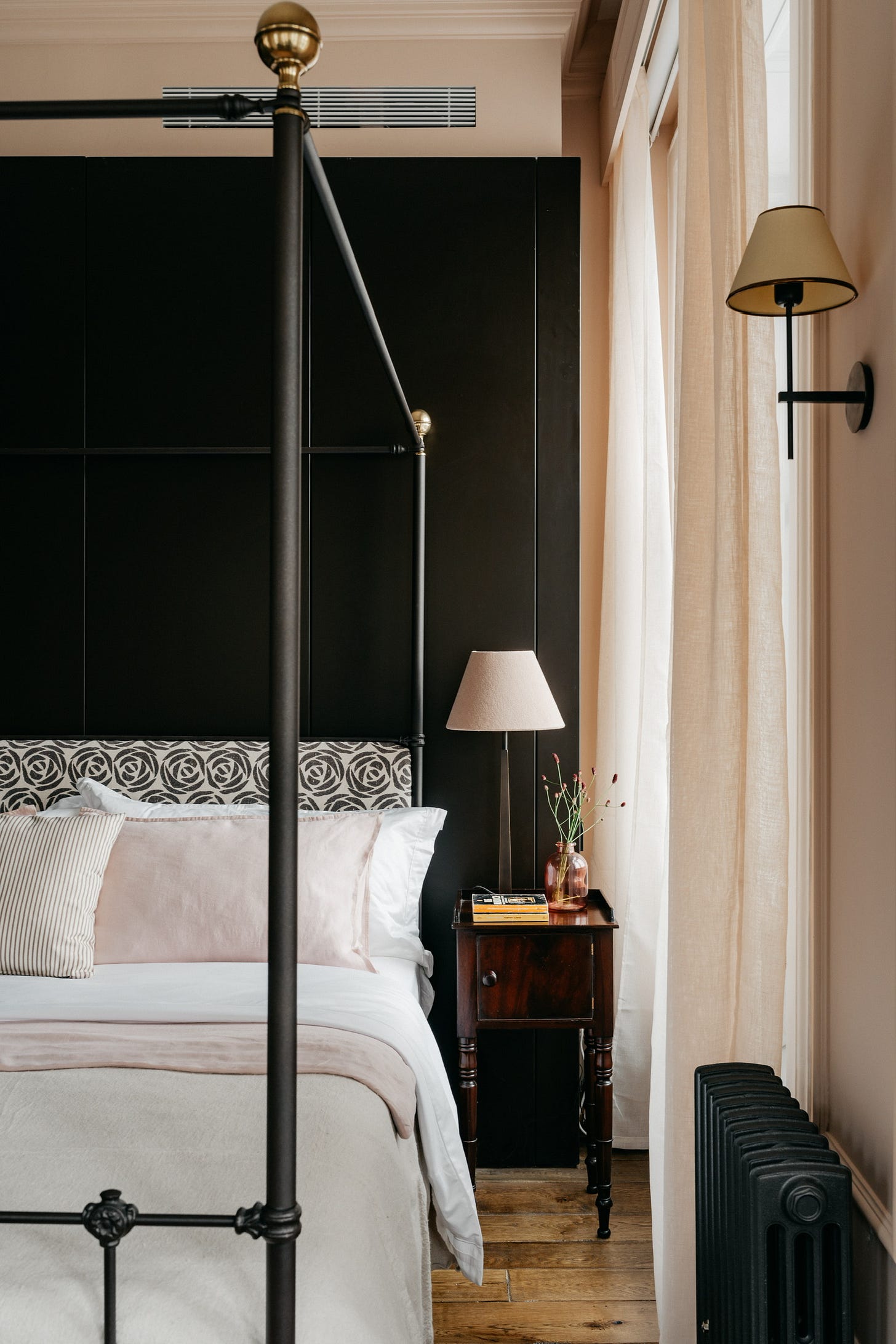
Was it because of the temptation to turn on the television? The sight of my desk at the back of the room? The ever-present screens just waiting to be activated? The only way to really escape the world, it transpired, was to go to bed for an hour. Perhaps to sleep, perhaps to peruse a few analogue pages of a book or a magazine. It dawned on me that going to bed in the middle of the day for an hour is the 21st Century equivalent of taking the phone off the hook. Something Gen Z cannot comprehend as being even possible.
And if 20 minutes’ reading leads to a restorative 20-minute nap, that’s even better.
Sleep used to just be a thing you did. Got up, went to work, did some work, went to bed, did some sleeping, got up, did it again or, as the French say more eloquently: “Metro, boulot, dodo.”
But at some point sleep became a luxury. We lost the art of just doing it. According to The Sleep Charity, some 40 per cent of UK adults and children have sleep issues – and the result is a £40.2bn cost to the country’s economy.
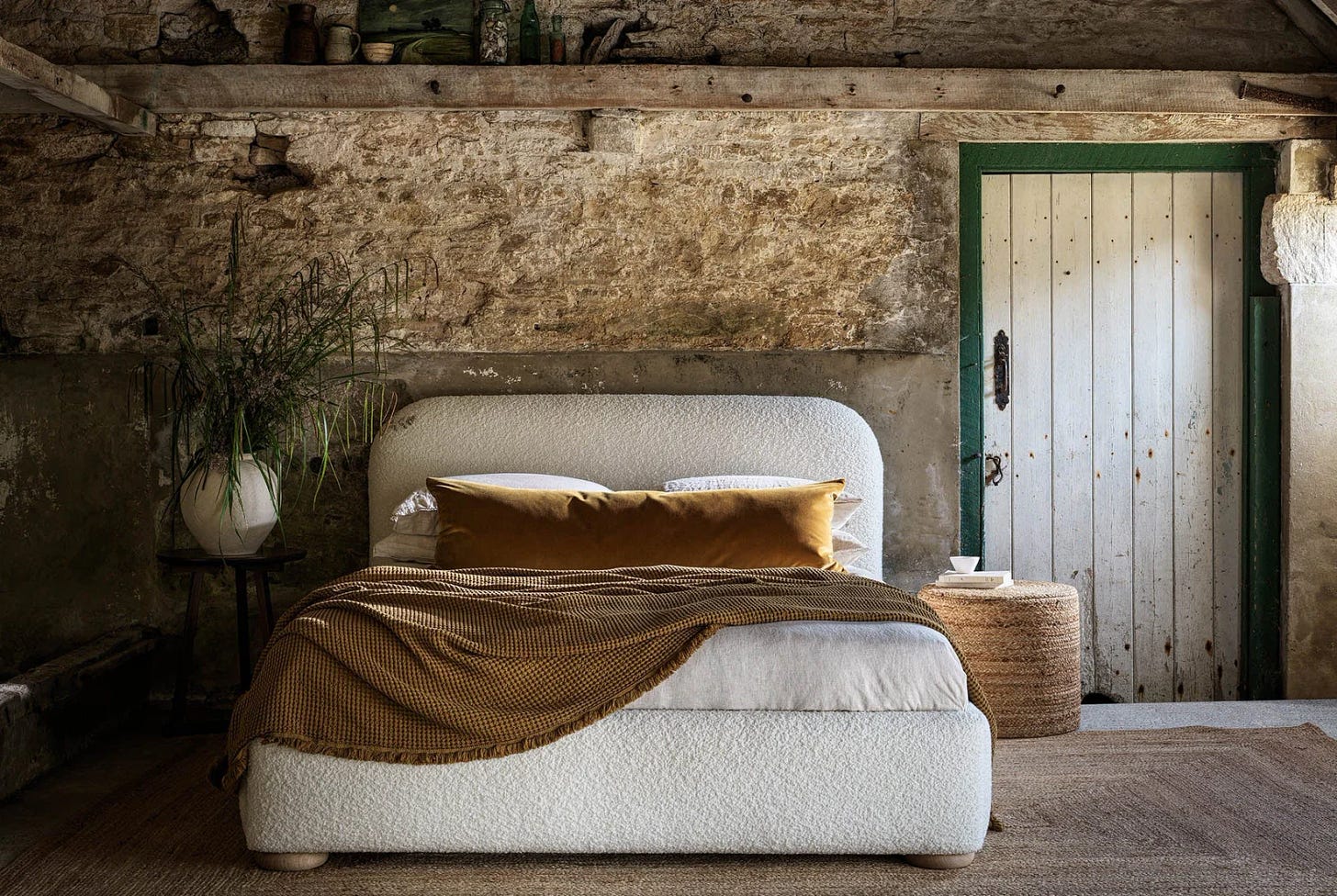
All of which means, since we are a nation of shoppers, that there are now products to buy, hygiene to practise, lessons to learn and apps to download. We are obsessed with not getting enough of it. Even I, a pretty champion practitioner of the art, check my Oura score on waking. A good rating can set the mood for the day. But if my latency was low and my REMs were remiss, I will immediately feel worse.
Perhaps that’s the problem. Perhaps it’s time to get rid of the tech, shut down the screens and put down the products. It’s time… to go back to basics – and that means looking at your bedroom.
If you are going to treat your bedroom as a haven, you need to get the environment right. You wouldn’t go to work in a nightclub. You wouldn’t go for a run without trainers. If your bedroom is to be a place to relax and encourage good sleep, then you need to focus on what will help you do that.
Start by thinking about the colours that relax you and the textures that envelop you. This is your sanctuary, where you can let go of the world, so take the time to think about what makes you feel safe enough to do that.
First, as with any room scheme, you need to start with the floor and work up. Flooring is a pain to change, particularly in a bedroom, as it’s hard to find somewhere else to put the bed while the work is being done.
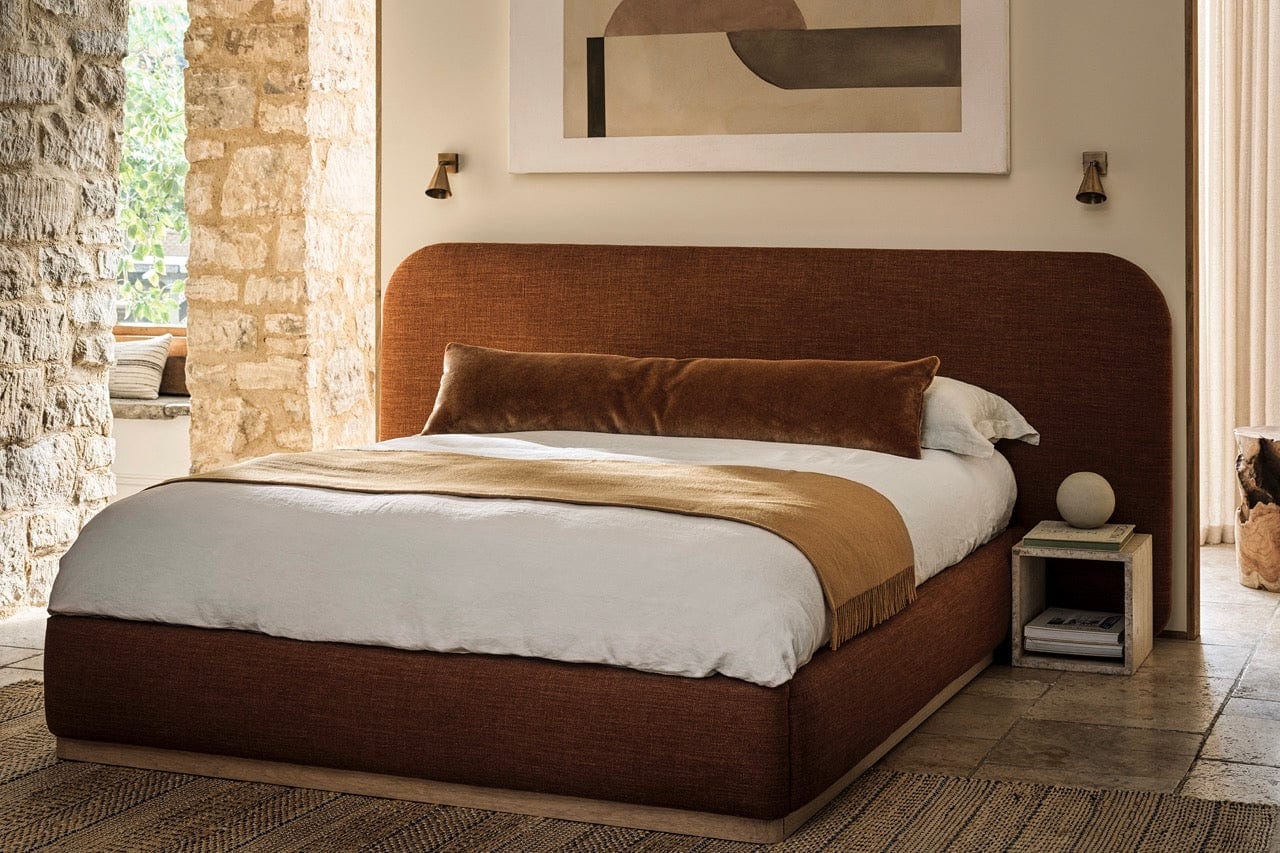
I have done floorboards and rugs in my previous houses. Looks pretty, but lets the draught straight up your pyjama leg. These days I am putting comfort first – and that means a large weave sisal, which is a natural texture that almost massages my bare feet. You might prefer to sink your own toes into a deep-pile carpet.
My windows are double-glazed. They are so sound-proof that even living on a busy London street next door to a school I am still sometimes surprised to wake and find rain battering the leaves on the trees outside.
I have café curtains for privacy – these allow me to see out over the top but hide my post-shower body from the neck down. I have full-length, cream velvet, thermal-lined black-out curtains for, well, black-out.
Next you must think about storage. We’ve all heard the tidy desk, tidy mind adage and it stands to reason that if your bedroom is a mess you aren’t going to sleep well. You need to have a word with yourself when it comes to storage. I am not naturally tidy and I hate folding, so a chest of drawers doesn’t work for me. I put everything on hangers or in baskets (underwear, pyjamas, gym and loungewear). Understand what system will make it easy for you to tidy up and install it. And if that’s a chairdrobe that’s also fine – whatever works.
I have put my wardrobe behind a false wall, with the bed in front, so that to all intents and purposes my bedroom contains only a bed, two bedside tables and a pair of reading lamps. It’s calm, tidy, and for me, relaxing.
And on that note – think about your bedside tables. I used to have small drawers which I stuffed full of rubbish until there was no more space, and then I made piles on the floor. Now I have a table with a small cubby hole under a glass top and I am forced into tidiness because you can see everything. Including the dust.
Once you have the basics in place; flooring, storage, furniture, you can work out the lighting. Does a pendant light that hangs somewhere over the empty floor at the bottom of the bed really enhance this space? Could you move it to a corner where it might hang low over a plant or a small table? In a small room, would wall-mounted bedside lights be more practical than table lamps? These days there are plenty of plug-in versions available. If the budget stretches to an electrician, you could extend two cables from the central ceiling rose and hang lights either side of the bed (don’t forget to add switches). I don’t hold with spotlights in the bedroom, but if you want them try and keep to the edges, so they don’t shine in your eyes when you are lying down.
Now, finally, it’s time to consider the colour scheme.
Are you a night owl or an early bird? Do you want dark, cosy and cocooning, or bright to welcome the new day? Having thought about that, you need to understand what colours create, for you, the mood you need to feel in there. If a strong blue makes you feel busy and creative, then use it in the kitchen when you are already up and about. High contrasting colours make me feel tense, so that’s out in my personal colour scheme. I don’t mind pattern, but it must be soft and gentle and I don’t, under any circumstances, want animals leaping about or birds flying from trees.
So I have chosen a soft floral wallpaper in a greeny brown against a cream background. The pattern is busy (but to my short-sighted eyes it becomes a gentle blur at night). There is plenty of detail to look at during the day, but as there are only two colours there is nothing to jolt the senses. The ceiling is a cream that matches the background of the paper, and the woodwork is the softest of plaster pinks. More cream in the curtains, with the bedding an alternating rota of pink or cream linen. The headboard – tall and velvet for comfortable leaning and reading, is dark green – a strong shade but one that picks up on the wallpaper and stops it all sliding into beige sludge.
For me this is calming, relaxing and cocooning. It might be the aforementioned beige sludge to you, but it’s my bedroom, not yours. All the other details are transferable, the colour scheme is personal.
Finally, the mattress – for this is why we are here. It is always invisible and yet it is perhaps the most important part of the room. A good mattress will do its job in a poorly decorated room, but all the relaxing colours and white noise in the world won’t help if it’s thin and tired and lumpy. The mattress is to sleep as the Birkin bag is to Beckham, and the wand to Wicked. You must always buy the best you can afford.
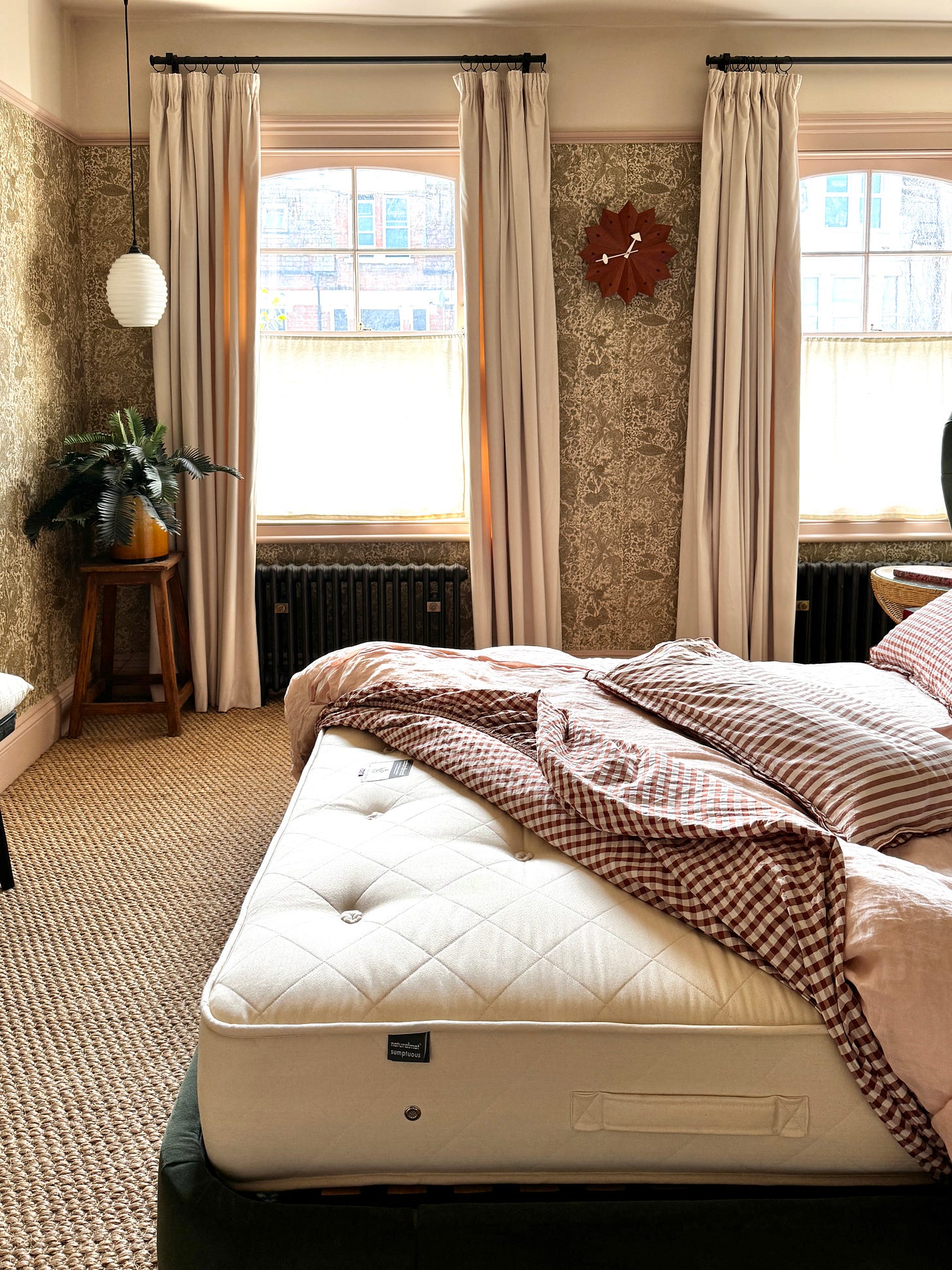
Naturalmat mattresses are made with natural materials, which makes them breathable. They contain no nasty chemicals, glue or sweaty synthetics. The wool is organic from happy sheep in Devon, where the mattresses are handmade, and you can decide how firm or soft you need yours to be – and yes, that can vary on each side for each person.
Once you have chosen your style and added pillows – two for reading, one for sleeping – it’s time to put the screen down, lie back and close your eyes. To sleep, perchance to dream, as Shakespeare would say…
In the second and final post in this series you will need to listen carefully as we will get into the science bit: How to choose the right mattress and encourage good sleep habits. How much do we need and what is the difference between REM, deep sleep and restfulness? Who came up with the idea of counting sheep and does it work – and why, perhaps, Magnesium oil really is the magic bullet.
Thank you so much for reading. I hope you have found this useful. You can find out more about Naturalmat here.





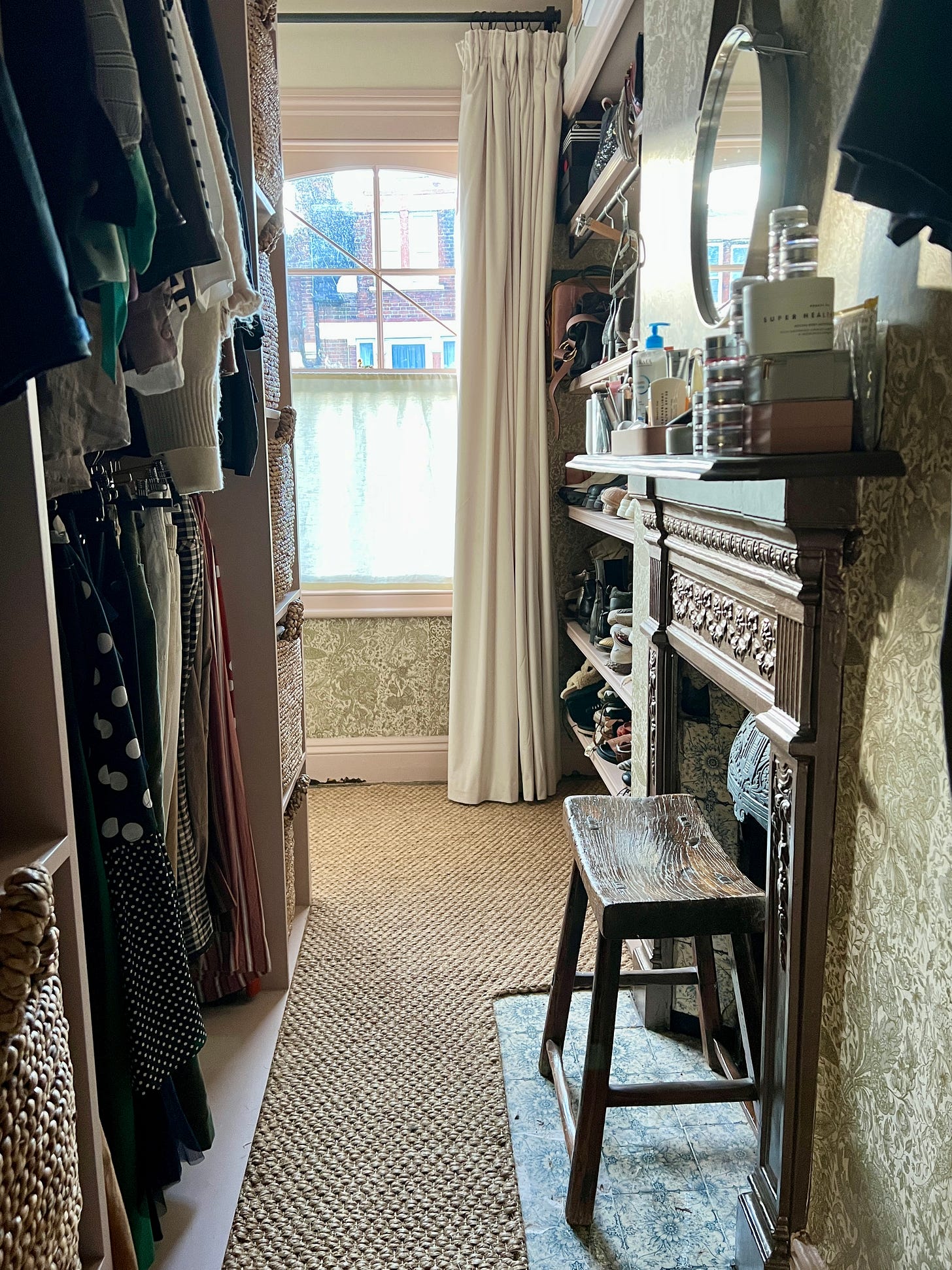
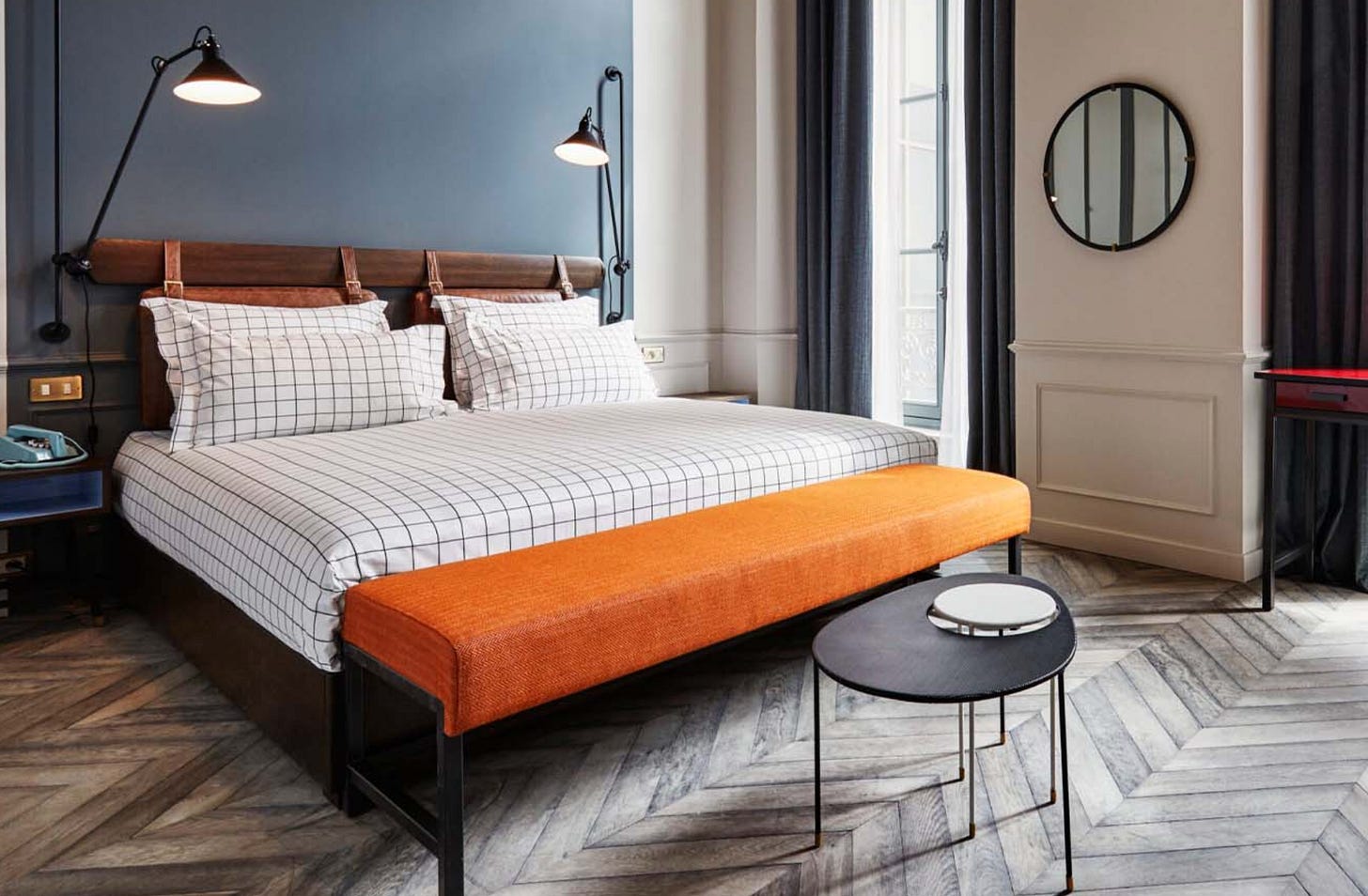
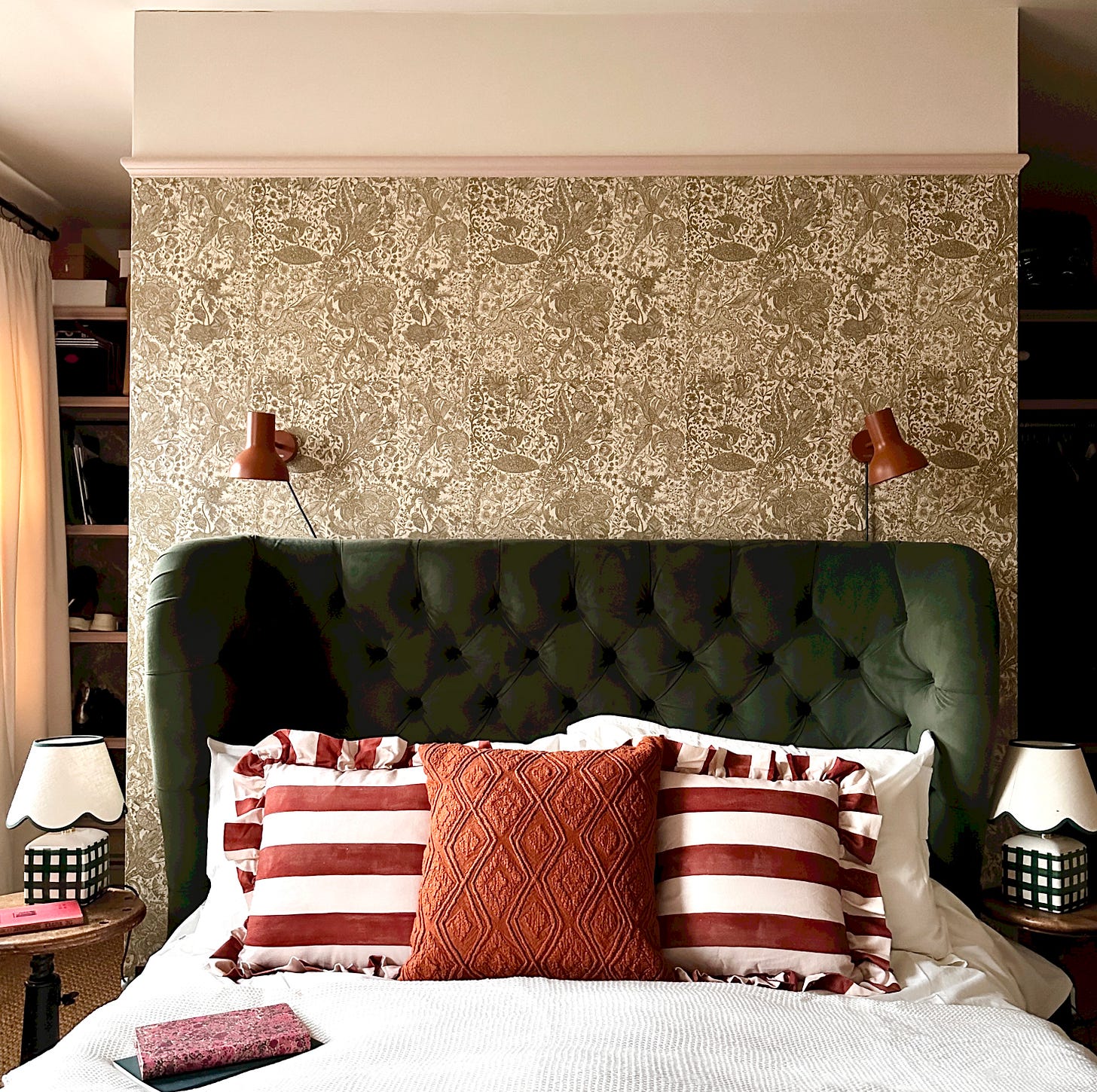
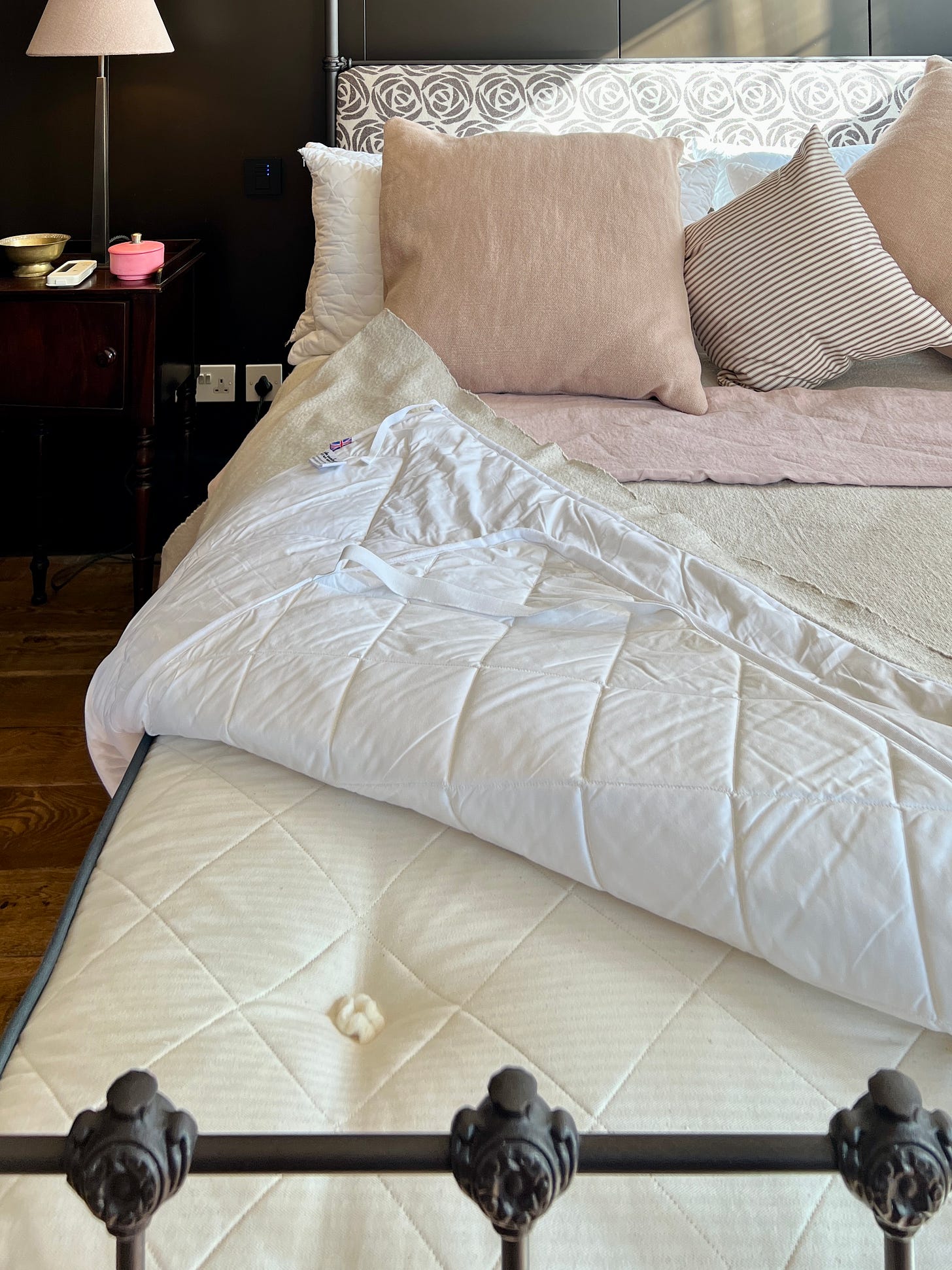
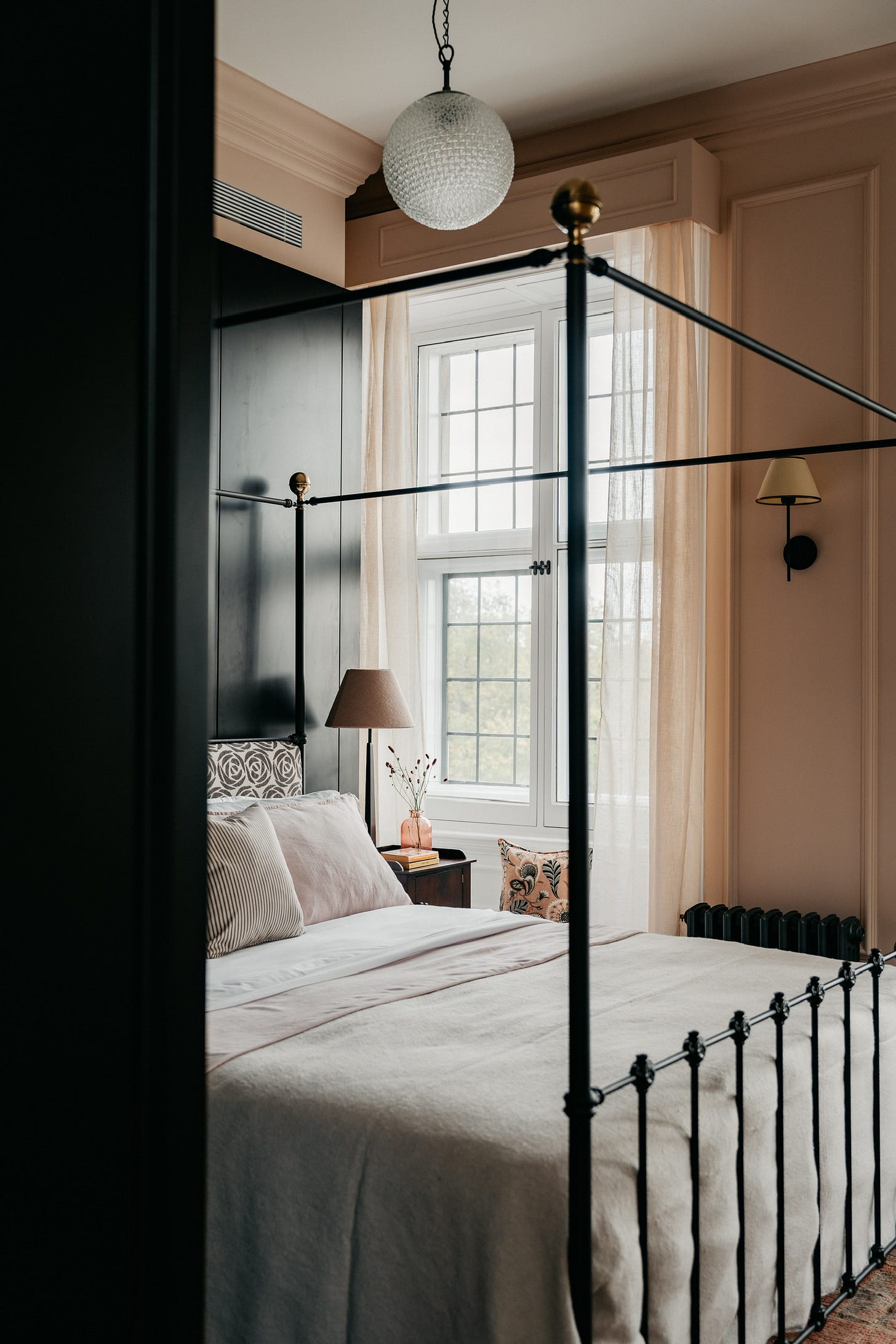

I LOVE naturalmat mattresses. I slept on one at The Scarlet Hotel in Cornwall. It was such an amazing nights sleep, once we got home we emailed the hotel to find out the brand, and then swiftly replaced our mattress and bed. Best decision ever.
my view is this: buy the firmest mattress because you can always make it softer by buying a mattress topper. but you can't make a too soft mattress harder - i learnt this the hard way